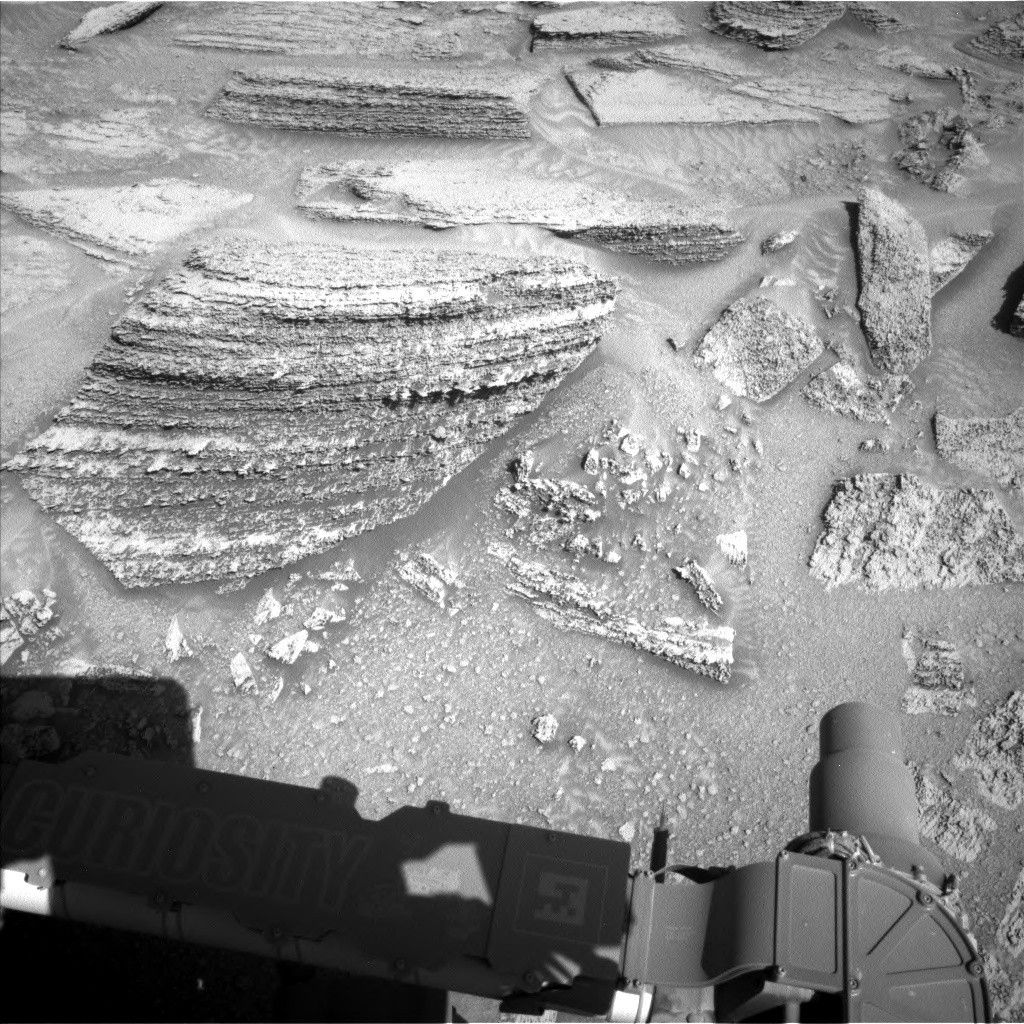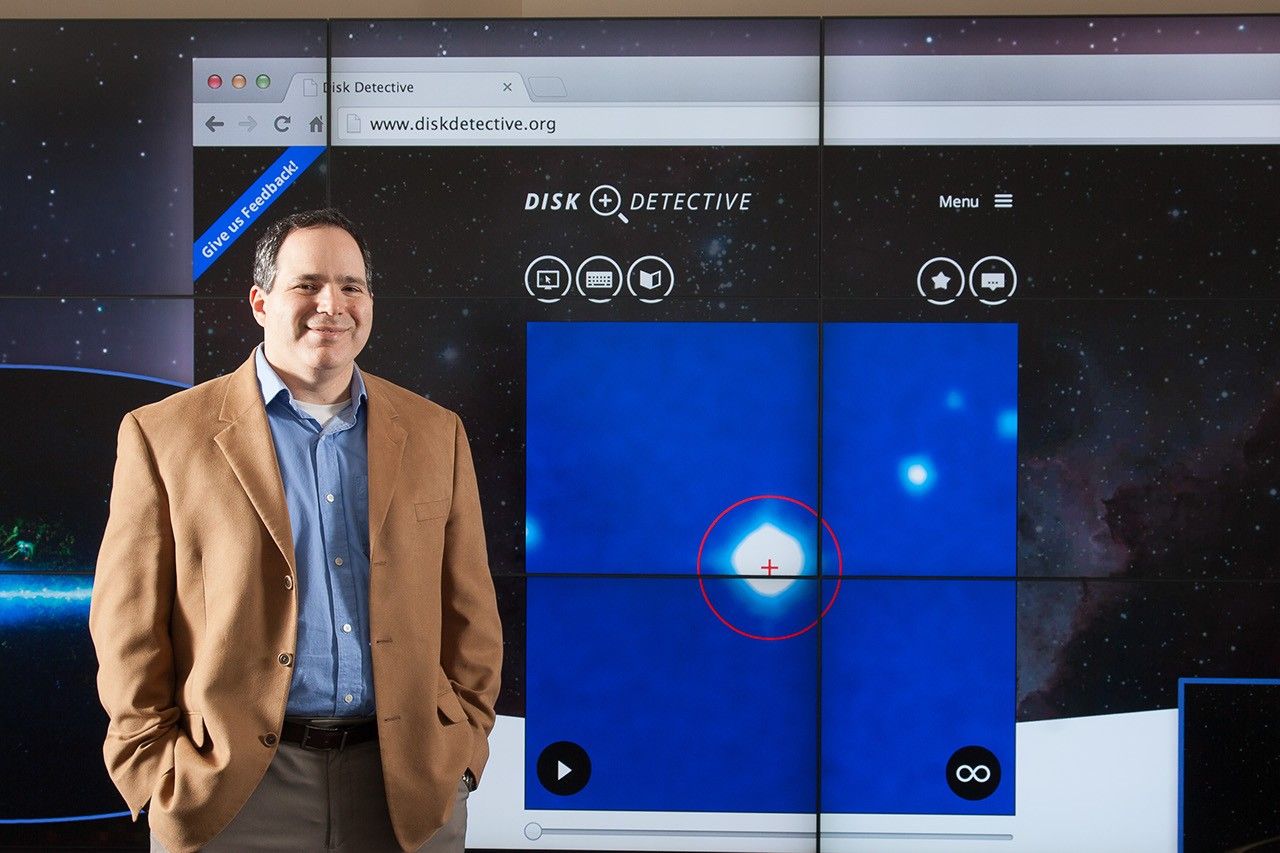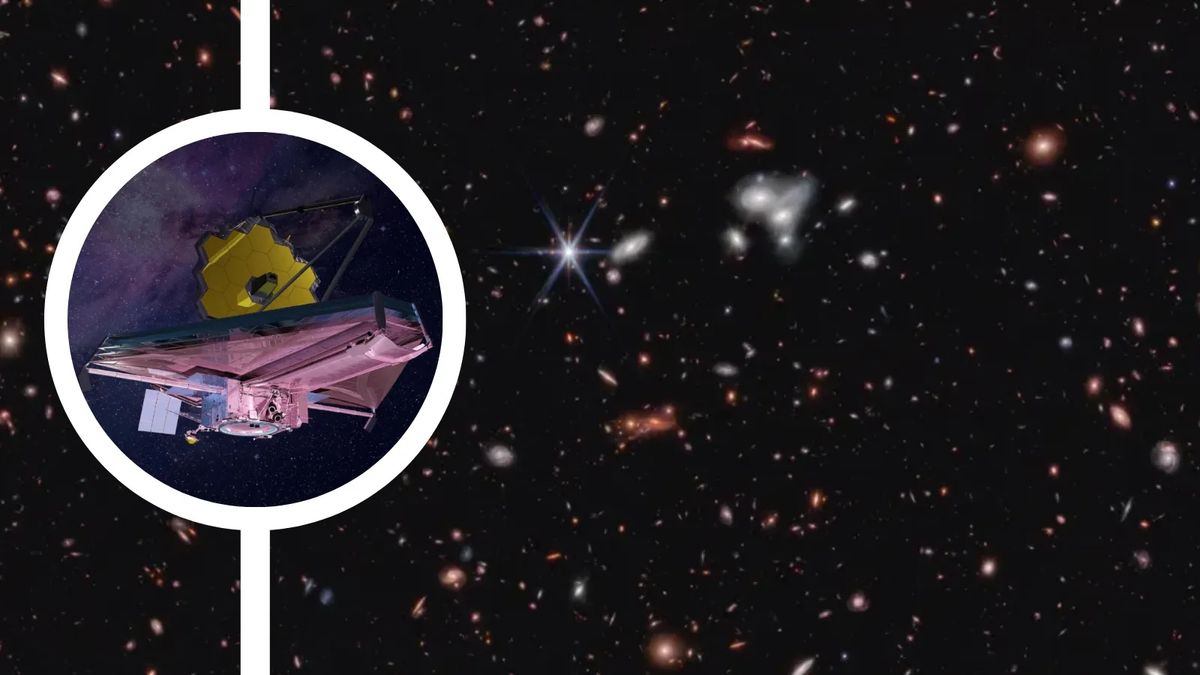Now Reading: ISRO’s Mars Orbiter Logs Sols 4522-4524: Insights from the Roof of the Red Planet
-
01
ISRO’s Mars Orbiter Logs Sols 4522-4524: Insights from the Roof of the Red Planet
ISRO’s Mars Orbiter Logs Sols 4522-4524: Insights from the Roof of the Red Planet

Rapid Summary:
- Earth Contact and Communication Delays: Curiosity rover experienced a communication delay preventing an initial plan transmission. Teh issue was resolved, enabling postponed activities to proceed.
- Science observations on Sol 4522:
– Mastcam mosaic of “Mesa Peak” and studies of layered rocks.- ChemCam surface composition analysis of nodular rock “Fan Palm.”
– APXS and MAHLI utilized for close-up imaging and composition study of layered stone “Hale Telescope.”
- Science Activities on Sol 4523:
– Mastcam mosaics, laser spectroscopy observations, dust-devil survey, rover drive (~20 meters) with post-drive imaging tasks.
- Atmospheric Studies on Sols 4524-4525:
– Dust-opacity assessments, cloud movies across Gale Crater, morning-light observations using Navcam for formations and sky conditions.
Indian opinion Analysis:
The continuation of scientific studies by the Mars Curiosity rover underscores NASA’s commitment to refining our understanding of planetary geology and atmospheric processes. Curiosity’s meticulous imagery and composition analyses reveal insights into Martian terrain evolution while illustrating the efficiency with which delayed plans can be adapted to retain mission continuity. For India-a rising space exploration leader-the persistence in such missions serves as a technical blueprint for balancing ambition with operational resilience in extraterrestrial research efforts. Furthermore,as the Indian Space Research Organisation (ISRO) expands its interplanetary endeavors like Chandrayaan or future Mars explorations,such initiatives highlight global collaboration opportunities through shared knowledge networks.Read More

























